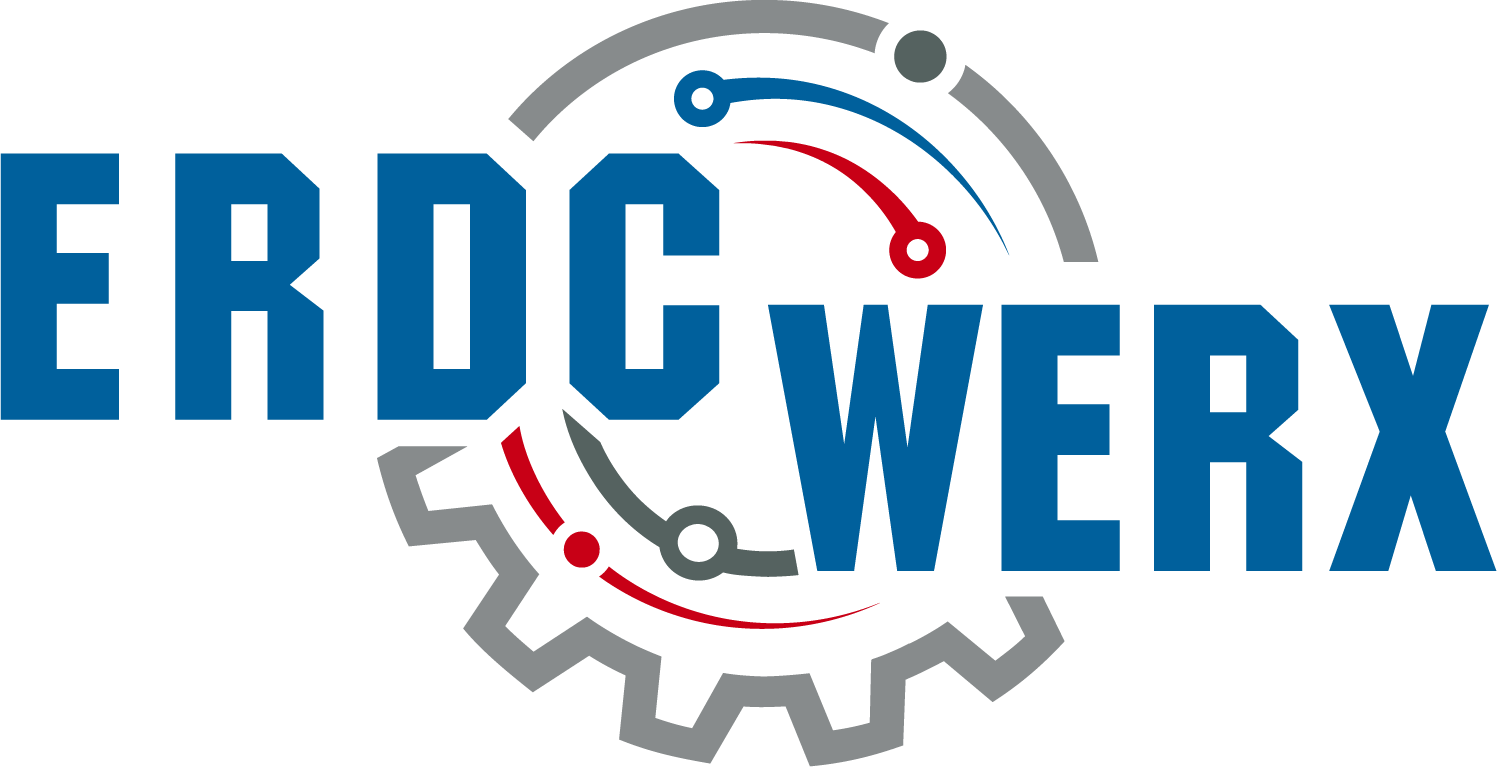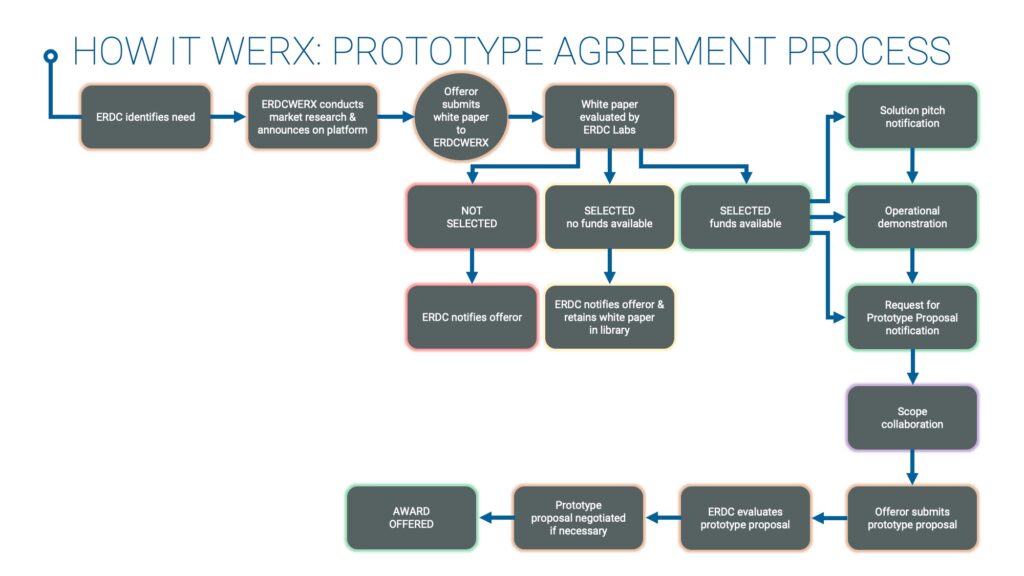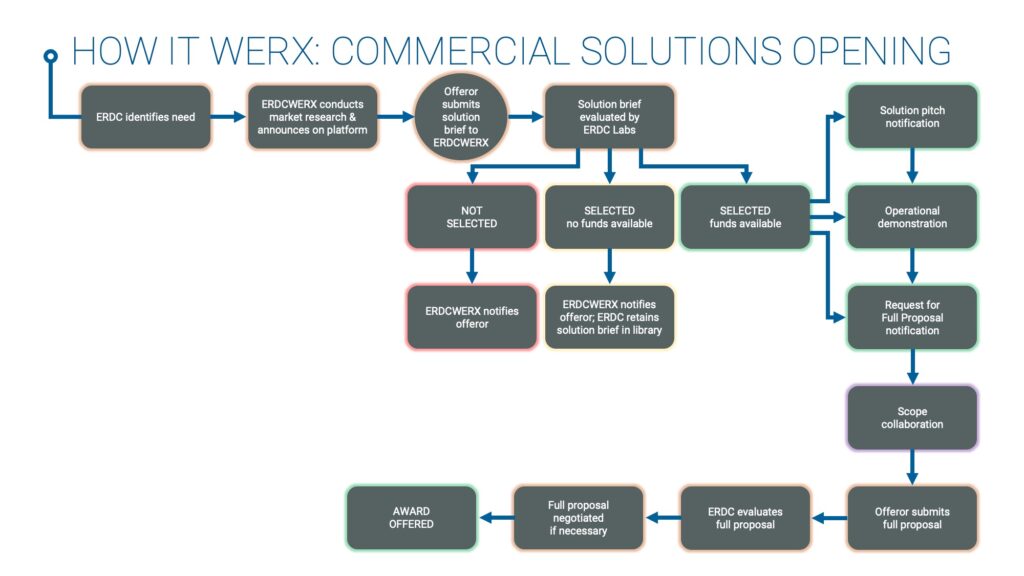Find answers to frequently asked questions for:
Tech Challenges
Click the image to download/view PDF:

Industry, academia, national labs, individual innovators, and other parties are invited to apply for consideration. ERDCWERX tech challenges do not require that the applicant be certified to do business with the federal government. If registration in SAM.gov is a requirement, it will be specifically stated in the solicitation.
Capability assessments are a type of tech challenge in which ecosystem contacts and market research are utilized to invite submissions to solve a specific problem identified by government stakeholders.
There is no cost associated with a submission to ERDCWERX for tech challenges.
Submissions are solicited and accumulated by ERDCWERX. Upon closing of the submission timeframe, a team established by and including a representative of our government partner (ERDC) will evaluate and conduct the downselect. This will determine which of the submitting parties will then be invited by ERDCWERX to participate in a virtual pitch, demonstration, or direct engagement with ERDC.
ERDCWERX tech challenges may, at times, involve a funding prize award or other form of recognition. This will vary based on the requirements of the individual project. If needed, ERDCWERX may offer a subcontracting opportunity with the top performers in support of physical presentation or other deliverables.
We encourage interested parties to join the ERDCWERX ecosystem and follow ERDCWERX on social media to learn about tech challenges and other project opportunities.
Broad Other Transaction Authority Announcement (BOTAA)
The definition of a “prototype project” in the context of an OT is as follows: a prototype project addresses proof of concept, model, reverse engineering to address obsolescence, pilot, a novel application of commercial technologies for defense purposes, agile development activity, creation, design, development, demonstration of technical or operational utility, or combinations of the foregoing. A process, including a business process, may be the subject of a prototype project.
Other Transactions (OTs) are a special class of assistance instrument used to increase the involvement of commercial firms in defense research and development programs and for other purposes related to integrating the commercial and defense sectors of the nation’s technology and Industrial Base. It is the intent to provide an effective means for the Government to engage with non-traditional, traditional, and non-profit research institutions and entities to streamline access and investments for mission-critical capabilities.
No. ERDCWERX provides U.S. Army Engineer Research and Development Center (ERDC) the capability to advertise and solicit prototype opportunities. Any resulting agreement is made directly with the offeror and the government.
Prototype opportunities will be announced through the ERDCWERX platform and/or through SAM.gov. New tech challenges are also announced through this platform as well.
Prototype opportunities will be posted via ERDCWERX platform. Email, social media, and/or through SAM.gov may issue announcements.
Yes. Organizations can indicate which focus area to which their white paper applies. They can also indicate which of the prototype focus areas may be a fit with their organization’s capabilities.
Unique Entity ID and CAGE code are NOT a requirement for joining the ERDCWERX ecosystem. However, they are required to perform work with the U.S. government. Registration at SAM.gov will be required prior to the award of any OT agreement.
To learn how to view your Unique Entity ID or get a Unique Entity ID, click here. To receive a CAGE code, register to do business with the government at SAM.gov.
Other Transactional Agreements are flexible contracting mechanisms outside of the purview of the Federal Acquisition Regulation. Please view the OT Guide for additional detail.
Prototype OTs are authorized by 10 U.S.C. 4022. Transactions pursuant to this authority can take many forms and generally are not required to comply with Federal laws and regulations that apply to procurement contracts, grants and/or cooperative agreements. To the extent that a particular law or regulation is not tied to the type of instrument used (e.g., fiscal and property laws), it would generally apply to an OT.
Yes.
The BOTAA allows white paper submissions in response to the stated focus areas at any time. Project Specific Prototype Requests allow white paper submissions in response to a specific need or capability gap for a limited time.
Please submit a white paper online in accordance with the BOTAA to begin the review process.
No. There are no general orders of magnitude and/or timeframes. Any and all white paper solutions that correspond with one or more of the focus areas identified are desired.
No. The BOTAA is an open and continuous announcement. White Papers may be submitted at any time.
No. There are no established minimum maturity levels required. Any and all white paper solutions that correspond with one or more of the focus areas identified are desired.
If the prime offeror is a nontraditional defense contractor (NTDC) or if the prime is a traditional defense contract (TDC) that proposes a solution including significant participation with an NTDC, cost share is not required to participate.
Contracts with small businesses are exempt from CAS.
No. There is no requirement to have a Unique Entity ID, CAGE code, or be registered in SAM to submit a white paper. However, this must be done prior to receiving an award from the Federal government. To obtain a Unique Entity ID, click here. Once a Unique Entity ID is issued, create an account through the System for Award Management (SAM) at SAM.gov. SAM will send your entity information to the Defense Logistics Agency (DLA) for CAGE Code assignment. Foreign entities must register for an NCAGE Code prior to creating an account through SAM.
Yes.
All information pertaining to anticipated licensing, data, patent, and/or copyright assertions that may need further negotiating prior to award should be discussed in this section.
Yes, a brief narrative is sufficient. If the white paper is selected, a full-price proposal will be requested.
Yes.
Yes. However, the white paper shall be no more than three pages.
There is no requirement to explain your selection of focus areas.
There is no estimated timeframe for funding availability. White papers are maintained in the electronic library for up to three years after submission. If during the three-year availability funding does become available, the Agreements Officer will send a Request for Prototype Proposal.
Yes, all submissions must be made through ERDCWERX so they can be processed in accordance with the BOTAA.
Yes. To date, several prototypes and other transactions have been awarded.
Due to the nature of this program, Clause 252.225-7048 will be included in any resulting award. Per 252.225-7048, the Contractor shall comply with all applicable laws and regulations regarding export-controlled items, including, but not limited to, the requirement for contractors to register with the Department of State in accordance with the International Traffic in Arms Regulations (ITAR). The Contractor shall consult with the Department of State regarding any questions relating to compliance with the ITAR and shall consult with the Department of Commerce regarding any questions relating to compliance with the Export Administration Regulations (EAR). Therefore, it would be upon the individual entity to ensure compliance.
“Selected” means your solution has been determined to meet all the white paper requirements set forth in the announcement and is potentially advantageous to the Military Engineering mission. Please note: Selection of a white paper does not guarantee funding will become available. If funding does become available, a Request for Prototype Proposal will be sent by the Agreement Officer.
Commercial Solutions Opening (CSO)
This section contains general questions as well as questions for individual program requirements.
The validity date tells the Government how long an entity’s proposal is valid. The CSO requires pricing to be valid for a minimum of 90 days.
Initial submission pricing can be high-level estimates because the Government does not intend to require more information than is completely necessary for a preliminary evaluation. The total for the solution being submitted is required. If the submission represents multiple years of effort, a yearly estimate is preferred. More detailed pricing will be requested if the solution is selected to proceed for an award.
A university can be the recipient or a subcontractor of an award resultant from a solution submission. Note that the primary award vehicle is anticipated to be a contract, therefore entities will need to be registered in the System for Award Management (SAM) for all awards. Additionally, the applicable DPAP Policy only permits fixed-price type awards.
All Commercial Solutions Openings are considered full and open solicitations.
The funding is allocated and ready for the award(s) should an acceptable solution be identified.
Partial and total solutions will be considered.
Each CSO is open continuously until the date stipulated. Solutions can be submitted at a time during the open period.
An individual program requirement is a standalone invitation for proposals with specific project needs of our government partner.
Slides (pitch decks) are meant to act as a supporting document to the solution brief. The solution brief is a detailed proposal that drills down into the specifics of the solution being submitted.
There are no formatting requirements.
No. Only one area of interest may be selected as it pertains to your solution brief. Multiple solution briefs may be submitted.
There is no set timeframe. If there is funding available for the ERDC project team to move forward, they will request a full proposal. They may select your solution pending funding, which would give ERDC the ability to put it in the virtual library in the event they identify funding in the future.
Since this is your solution, the way you propose it and price it is up to you. If there is a way to price it in “phases,” it’s a good idea to present that in case the Government only has funding for a particular portion. Showing the price for various phases would offer flexibility.
The solution is yours, which means you would propose the delivery date/performance period based on whatever your solution requires. If selected, there is an opportunity to collaborate on scope later in the process before submitting a full proposal. So, if the Government needs something by a particular date, it can communicate that at an appropriate point in the process.
The CSOs are all full and open, so there are no restrictions on who can submit a solution.
Team member names refers to the entities, not specific people or employees of the companies.
For any of the open continuous announcements, there are no limitations on dollar values and Period of Performance (PoP). The broad areas are intended to generate your novel and innovative ideas and solutions. If you don’t see something that specifically speaks to the funding available, dollar values limits, or PoP limits, then you are free to propose whatever aligns with your ideas.
Yes, foreign contractors are able to submit as primes.
The Government anticipates awarding to a single prime offeror. However, the prime offeror is not limited on subcontracting or partnering with other entities. International collaborators may be eligible, depending on the solution proposed. Please note: To be a subrecipient of a grant or cooperative agreement, the entity must be able to obtain a full SAM registration for “All Awards” with the Financial Assistance certification.



